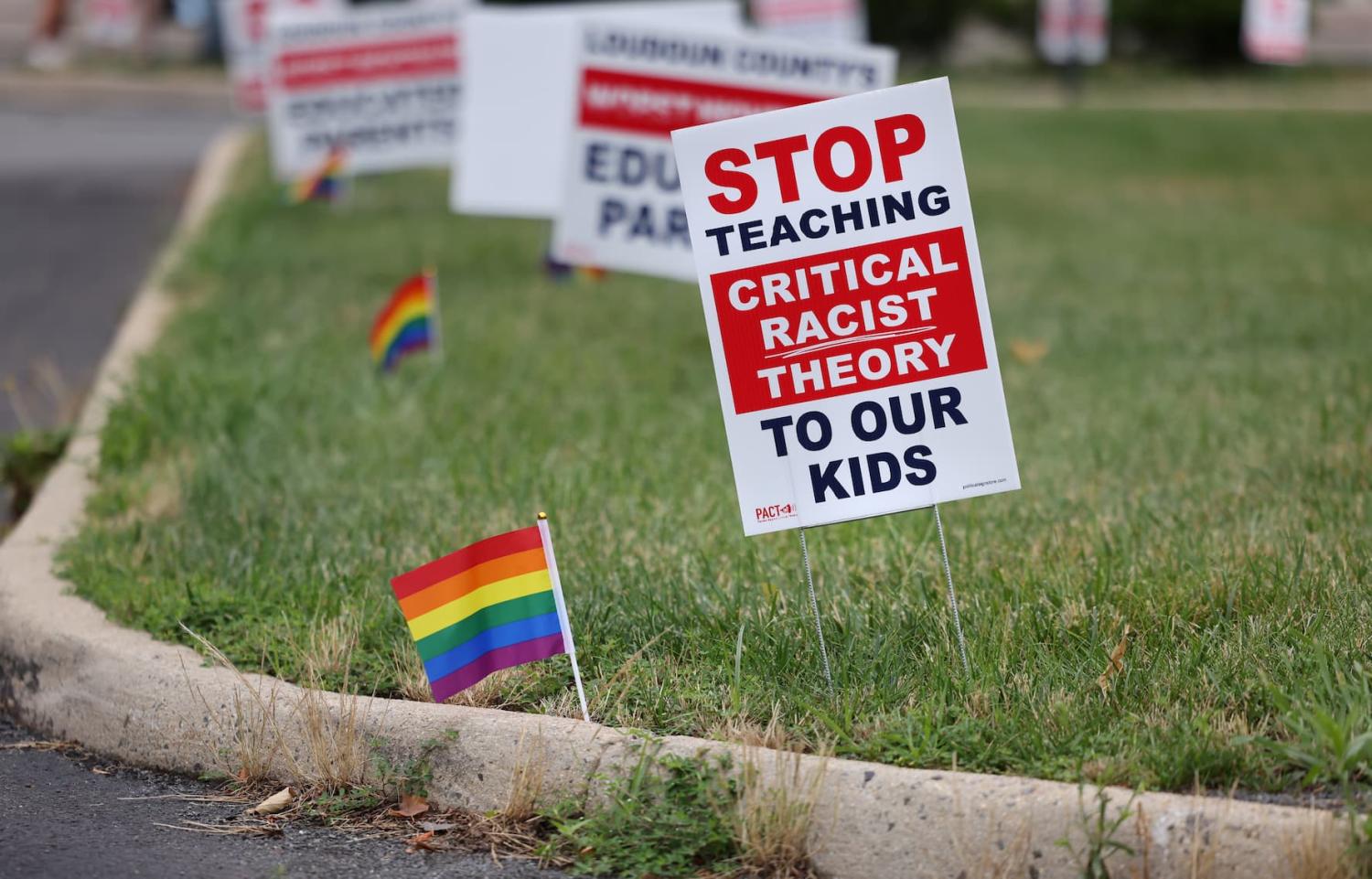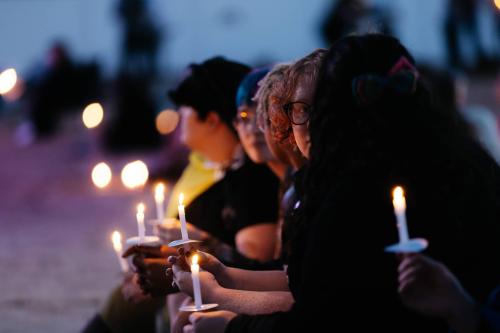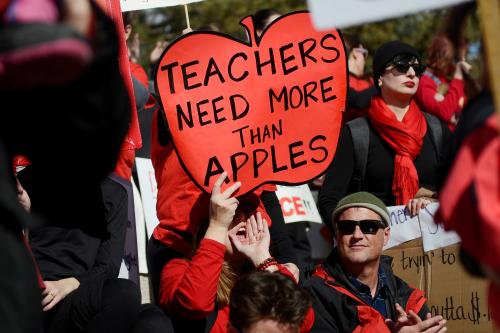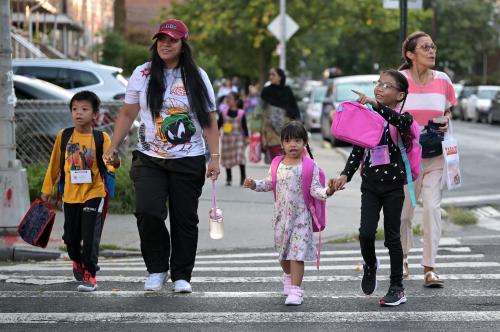As of spring 2024, 20 states have enacted restrictions on how teachers can discuss so-called “divisive concepts”—including race, gender, gender identify, and sexual orientation—in classrooms, affecting roughly 1.3 million teachers and 20 million students. Some local school systems have followed suit, passing an array of restrictions of their own. We estimate roughly a quarter of teachers nationally are subject to local restrictions, including both teachers in states with and without restrictions. Beyond restrictions, teachers may also internalize messages about what sort of instruction is acceptable even when those messages are not formalized into policies. For example, teachers may experience opposition to covering certain topics from students’ families or from the local school community. Collectively, we refer to all these influences constraining teachers’ instruction as limitations. Taken together, teachers say they are experiencing limitations on a variety of topics many people consider to be controversial or sensitive, above and beyond race and gender. So how are teachers in the United States reacting? For this post, we synthesize findings from nationally representative surveys of K–12 public school educators collected via RAND’s American Educator Panels (AEP) over the last several years and draw on other research. The results we discuss reflect the views of thousands of educators, including teachers, principals, and district leaders. Here are seven takeaways from what we’ve learned so far.
- Most teachers and principals oppose these policies. Our surveys suggest 54% of teachers and principals feel there should not be legal limits on classroom conversations about topics such as racism and sexism. Rates of opposition are highest among social studies teachers, who likely have the most experience and expertise incorporating this sort of content into their classrooms. Only about 20% of teachers and principals expressed support for such legal limits.
- Virtually no teachers think limitations are good for student learning. Only three percent of teachers we surveyed felt limitations positively impacted student learning. Teachers were 10 times more likely to say limitations had a negative impact. Asked why, teachers said these limits constrain students’ learning opportunities and diminish students’ sense of belonging and capacity for empathy. This pattern held true regardless of whether teachers were subject to state restrictions, or the political climate in which teachers taught.
- A lot of teachers are unaware of their state laws. Only three in 10 teachers working in states where restrictions had been passed were aware of the restrictions at all. Teachers’ awareness was particularly high in a handful of states, notably Arkansas and Florida—two states with governors who have been high-profile advocates of such restrictions.
- State restrictions still seem to be shaping what happens in classrooms. In states that had passed laws restricting topics for instruction, one-third of teachers said limitations influenced their choice of curriculum materials or instructional practices to some extent. Those who teach social studies or English language arts were especially likely to report their choices were influenced.
- Local restrictions might be more salient for teachers. Over 80% of teachers who were subject to a local restriction only (no state restriction) reported limiting classroom discussions about social and political issues, compared with 63% of teachers subject to a state restriction only (no local restriction). When we teased out only the responses of teachers who were aware their local and/or state restrictions, the local limitations still influenced instruction of a greater share of teachers than state policies
- These policies have a spillover effect. Even in places with no official restrictions, half of teachers say they have made the decisions themselves to limit discussions of political and social issues in their classrooms. And even in very liberal communities—where we might expect support for this type of instruction to be the largest—some 40% of teachers say they have decided to limit discussions of these topics.
- Educators can and have been disciplined for violating these policies, but this is rare. There are a few teachers who actively resist and defy these policies. Some, though not all, states’ policies establish penalties for teachers found to be in violation. Thus far, only about five percent of districts nationwide report having disciplined (e.g., written up, fined, suspended, or fired) at least one educator for violating a state or local policy. Although such disciplinary actions appear to be rare, fear of negative ramifications like job loss may make teaching an even less attractive job—especially since some teachers have reported being worried about this possibility.
In sum, state and local policies that restrict instruction are, at least in some cases, influencing teachers’ decisions about whether and how to teach about race, gender, LGBTQ+ issues, and other social and political topics. Some teachers are “walking on eggshells” when determining their instruction because they fear upsetting parents or losing their job for violating a policy. Importantly, however, teachers are changing their instruction in ways that they themselves perceive as bad for student learning. Prior research has emphasized the importance of cultivating learning environments that promote safety and belonging as well as that provide students with opportunities to engage with instructional content that relates to their lived experiences. Thus, given these possible implications for students’ learning, it will be critical to monitor how these policies are changing teaching and learning as this policy landscape continues to evolve.
The Brookings Institution is committed to quality, independence, and impact.
We are supported by a diverse array of funders. In line with our values and policies, each Brookings publication represents the sole views of its author(s).










